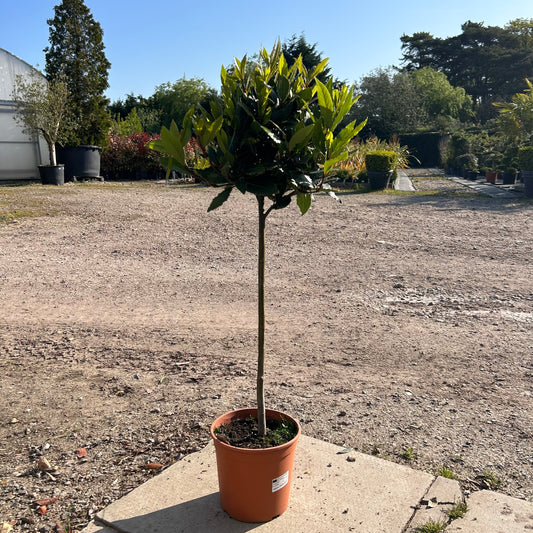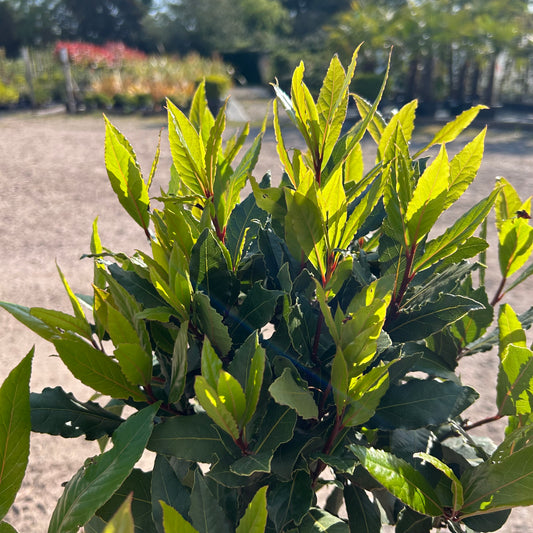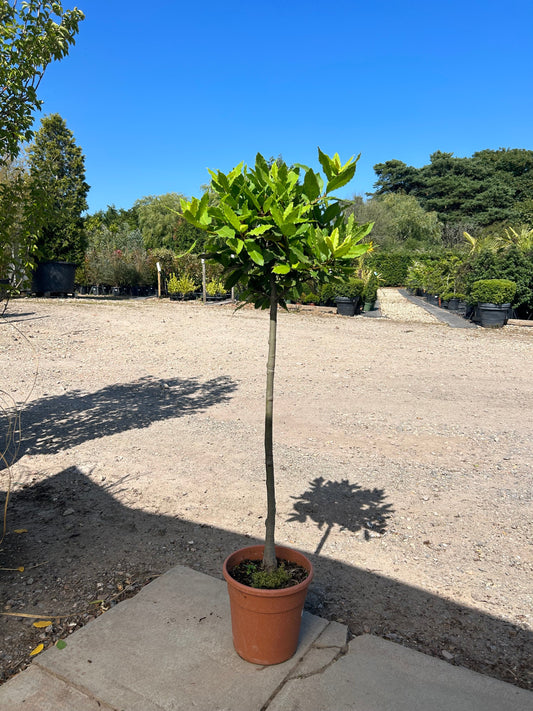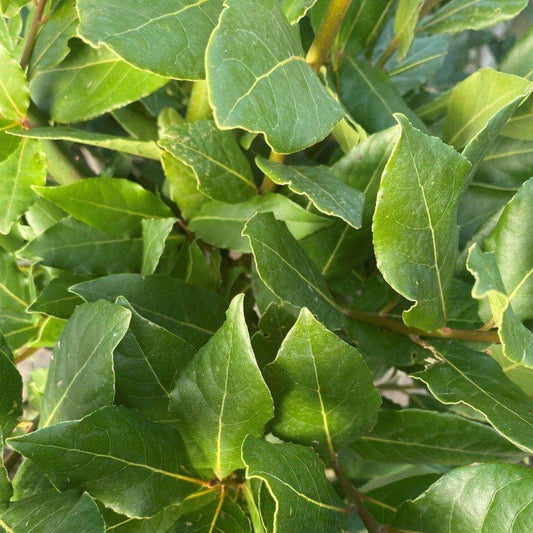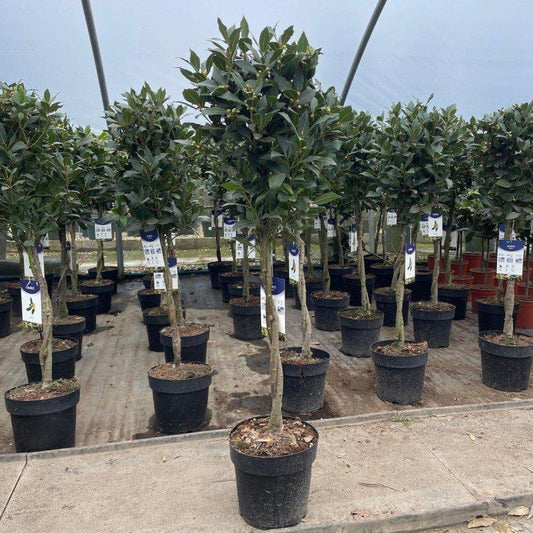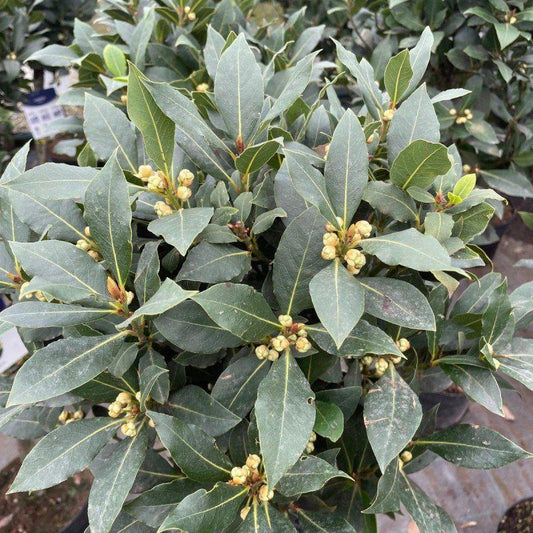Discover the allure of Phormium Tenax, a garden favorite known for its dramatic shape and vibrant colors. Dive into its varieties, cultivation tips, and its role in modern landscaping.
Phormium Tenax: A Historical Overview
Phormium Tenax, commonly known as New Zealand flax, has been a staple in gardens for centuries. Originating from New Zealand, this plant has traveled across the globe, captivating garden enthusiasts with its exotic appearance and resilience.
Importance in Gardening
Gardening isn't just about planting flowers; it's about creating a space that reflects one's personality. Phormium Tenax, with its striking colors and textures, allows gardeners to make a bold statement. Its versatility in design and low maintenance needs make it a favorite among both novice and experienced gardeners.
Varieties of Phormium Tenax
Phormium 'Alison Blackman'
This variety stands out with its unique color combination of green and yellow stripes. It can grow up to 120cm, making it a perfect centerpiece for any garden.
Phormium 'Duet'
A compact variety, the 'Duet' is known for its green leaves with creamy edges. It's ideal for smaller gardens or as a border plant.
Phormium 'Flamingo'
As the name suggests, 'Flamingo' boasts pinkish-red leaves that can add a touch of vibrancy to any space.
Phormium 'Golden Ray'
Characterized by its golden-yellow leaves, this variety can brighten up any garden space.
Phormium 'Jester'
With a playful mix of green and pink, the 'Jester' variety adds a touch of whimsy to gardens.
Phormium 'Yellow Wave'
This variety is known for its wavy yellow and green-striped leaves, adding a dynamic texture to garden landscapes.
Phormium - Pink Stripe
A favorite for its bold pink stripes, this variety is a showstopper in any garden setting.
Phormium tenax 'Variegatum'
This variety is known for its green leaves with white stripes, offering a classic look.
Phormium Tenax 'Wings of Gold'
With golden edges on green leaves, this variety looks as if it's touched by the sun.
Phormium Tenax Green
A pure green variety, it offers a lush and vibrant look to gardens.
Phormium Tenax Purpureum
Known for its deep purple leaves, this variety adds a touch of royalty to garden spaces.
Phormium Tenax Sundowner
This variety is characterized by its green leaves with pink edges, resembling a sunset.
(And so on for other varieties...)
Cultivation and Care
Ideal Soil Conditions
Phormium Tenax thrives in well-draining soil. While it's tolerant of various soil types, sandy loam is ideal. Ensure the soil is slightly acidic to neutral for optimal growth.
Watering Needs
While the plant is drought-resistant, regular watering during its initial growth stage is crucial. Once established, reduce the frequency but ensure deep watering.
Sunlight Requirements
This plant loves the sun! Ensure it receives at least 6 hours of direct sunlight daily. However, in scorching climates, partial shade during peak hours can prevent leaf scorching.
Pruning Techniques
Pruning is essential to maintain its shape and remove dead or damaged leaves. The best time to prune is during late winter or early spring.
Benefits of Growing Phormium Tenax
Aesthetic Appeal
With its tall, sword-like leaves, Phormium Tenax can elevate the look of any garden. Its various colors and patterns offer endless design possibilities.
Environmental Benefits
Beyond beauty, this plant acts as a natural air purifier. It absorbs carbon dioxide and releases oxygen, promoting a healthier environment.
Economic Value
Due to its popularity, there's a growing market for Phormium Tenax. Garden centers and nurseries often have a high demand, especially for unique varieties.
Challenges in Growing Phormium Tenax
Common Pests and Diseases
Like any plant, Phormium Tenax is susceptible to pests like aphids and diseases such as leaf spot. Regular inspection and early intervention can prevent severe damage.
Weather Constraints
While resilient, extreme cold or heat can stress the plant. It's essential to provide shade during peak summer and protect from frost in colder regions.
Soil Issues
Poorly draining soil can lead to root rot. Ensure the planting area has good drainage and avoid overwatering.
Phormium Tenax in Landscaping
Design Ideas
Whether you're aiming for a tropical paradise or a modern minimalist garden, Phormium Tenax fits right in. Use it as a backdrop for smaller plants or as a standalone centerpiece.
Combining with Other Plants
Pair it with succulents for a contemporary look or with colorful annuals for a burst of color.
Creating Focal Points
With its height and structure, Phormium Tenax can be an ideal focal point. Place it near a water feature or seating area for maximum impact.
FAQs
What is the ideal soil type for Phormium Tenax? Sandy loam with good drainage is best. The soil should be slightly acidic to neutral.
How often should I water Phormium Tenax? Regularly during the initial growth stage. Once established, water deeply but less frequently.
Can Phormium Tenax grow in the shade? While it prefers sunlight, it can tolerate partial shade. However, too much shade can affect its color and growth.
Is Phormium Tenax suitable for pots? Absolutely! Ensure the pot has good drainage and is spacious enough for its roots.
How can I propagate Phormium Tenax? Division is the most common method. Separate the young plants from the parent plant during spring.
Do deer eat Phormium Tenax? Generally, Phormium Tenax is deer-resistant. However, in areas with high deer populations, they might nibble on the leaves.
Phormium Tenax is more than just a plant; it's a statement. Its versatility, combined with its aesthetic appeal, makes it a must-have in every garden. Whether you're a seasoned gardener or just starting out, this plant promises to be a delightful addition to your green space.


